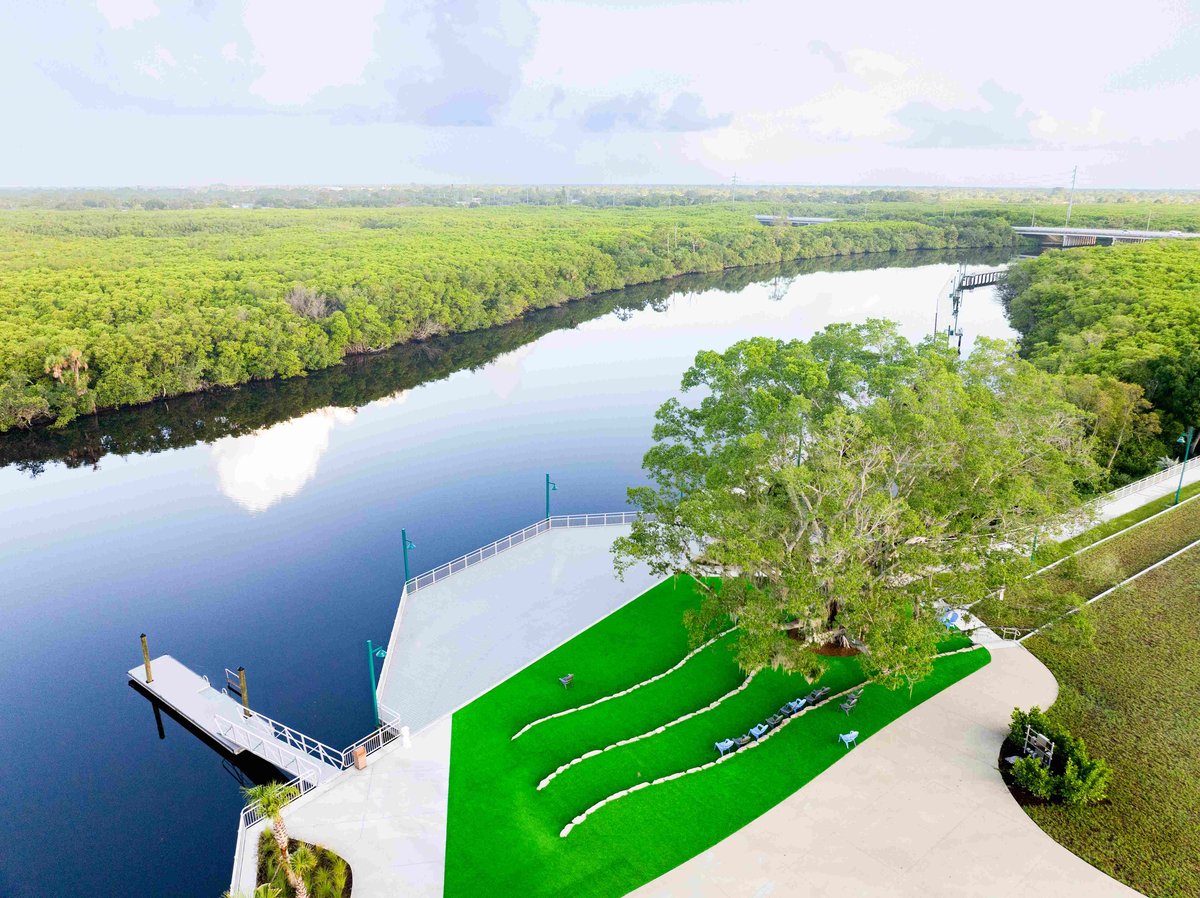2025 People's Choice Winner: Pioneer Park & Port District

Situated on the North Fork of the St. Lucie River, Port St. Lucie is the third largest city in South Florida and a regional destination for nature enthusiasts. The City’s history as a suburban tract development left the community without an authentic downtown experience and their greatest asset underutilized -the riverfront. After many attempts to activate the water’s edge, the City saw the need for a cohesive vision for a community destination offering a rich public realm that protects the local environment. To help make this project a success, the City implemented the Port District Master Plan - a framework for the programming and preservation of a stretch of riverfront land that maximizes access to nature and water, while minimizing impact to the land. This project provides infrastructure with meaning, provides spaces of everyday belonging, provides physical locations for cultural memory and storytelling, has intergenerational and cultural relevance, and was in every way designed for connections.
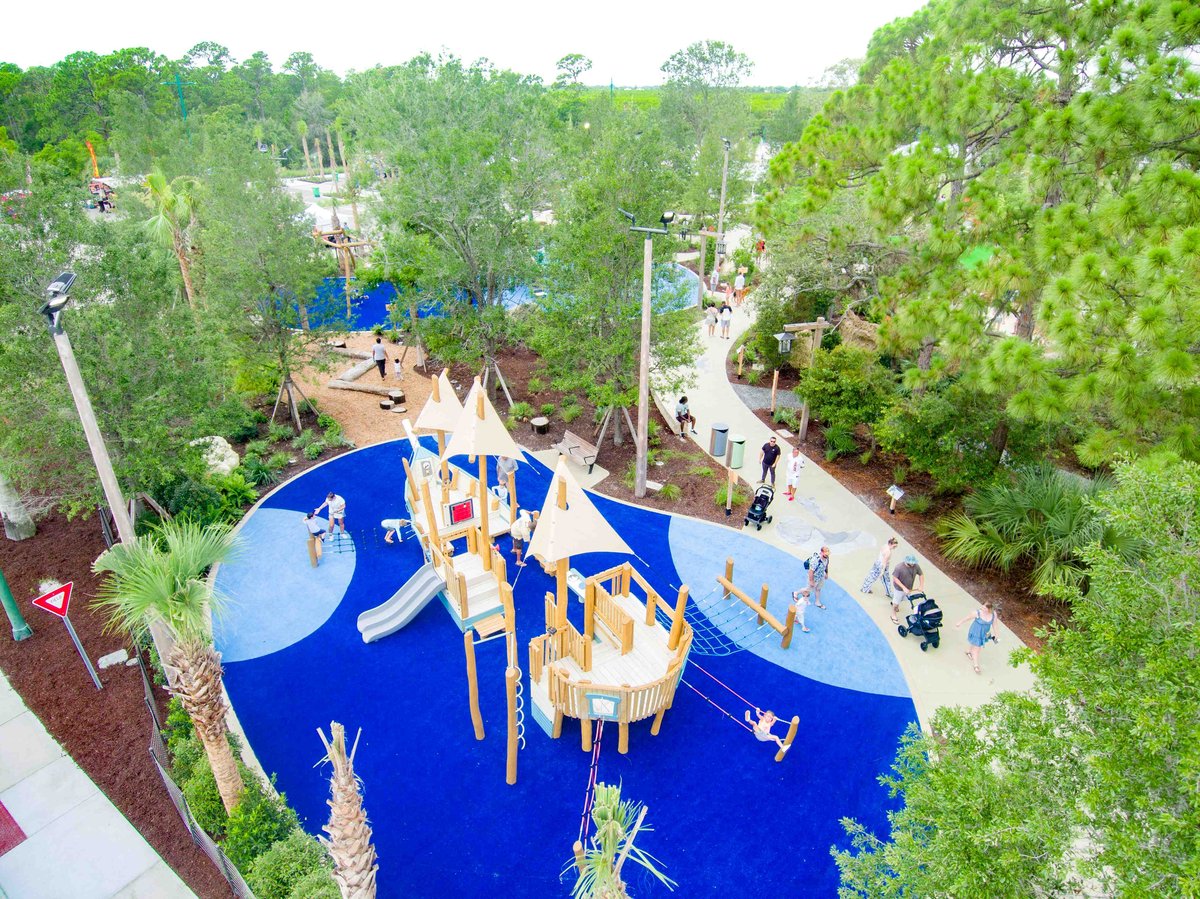
The Pioneer Park, a 9.75-acre plot just south of the City’s Botanical Gardens, has been transformed into a vibrant destination along the banks of the North Fork of the St. Lucie River. It boasts a boardwalk made from 100% recycled materials with an overwater stage, canoe & kayak launch, versatile open-air event spaces, public seating areas, renovated historic homes, an enchanting inclusive children's playground, and a future riverfront restaurant in development now. There is public art throughout the site now with more to come upon completion of the restaurant. The 8-foot wide 3,200 linear foot boardwalk along the North Fork of the St. Lucie River links three parks and two retail centers providing pedestrian access to recreation, nature preserves, shopping and dining.
Community Outreach played a vital role in developing The Pioneer Park Recreation area. The process to enhance the public’s access to the river and provide a sense community started long before construction.
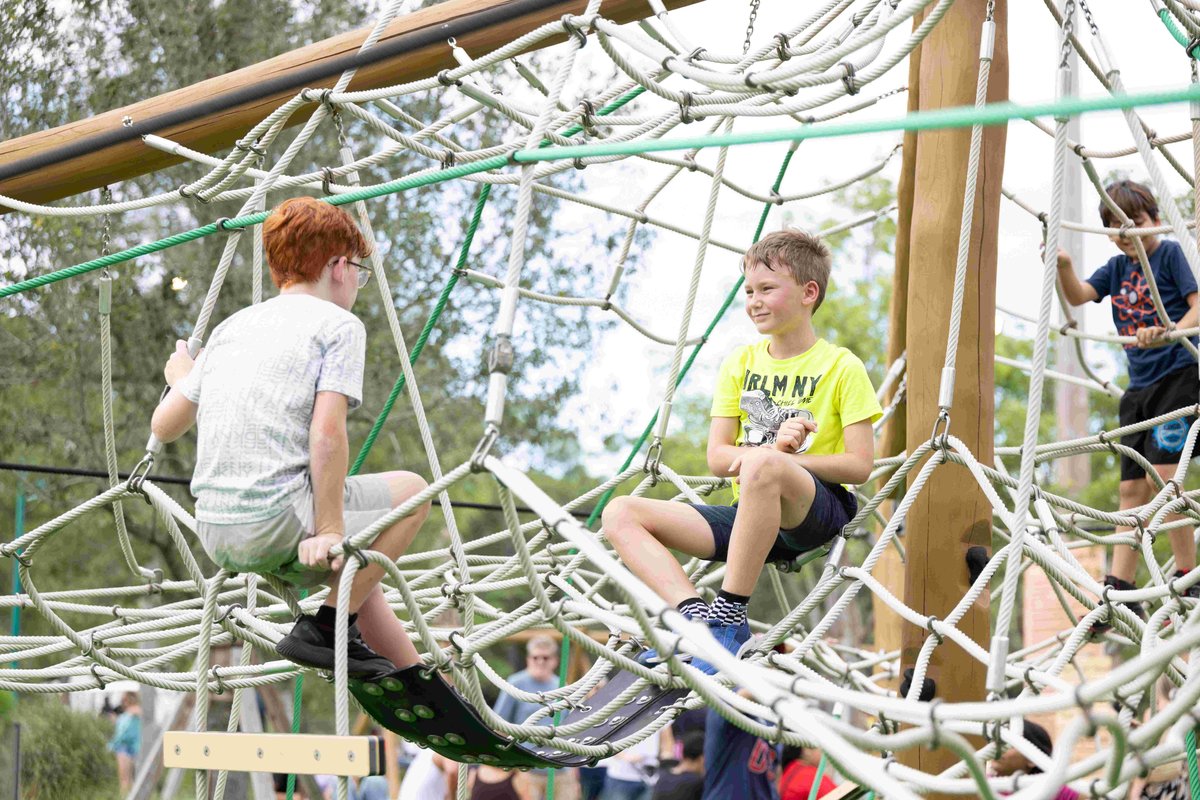
In March 2015, with assistance from the American Institute of Architects (Treasure Coast Chapter), the City held a charrette at the Port St. Lucie Botanical Gardens to solicit public input on the development of the park and boardwalk. Over 100 people attended to provide information that was incorporated into the overall conceptual master plan approved by City Council in November 2015. In addition, resident input was collected through a survey to provide the chance for residents to contribute to the plan for this area and ensure the project was designed to fit our unique community. Public engagement continued with additional public meetings to help determine resident’s preferences for the playground amenities. help determine resident’s preferences for the playground amenities.
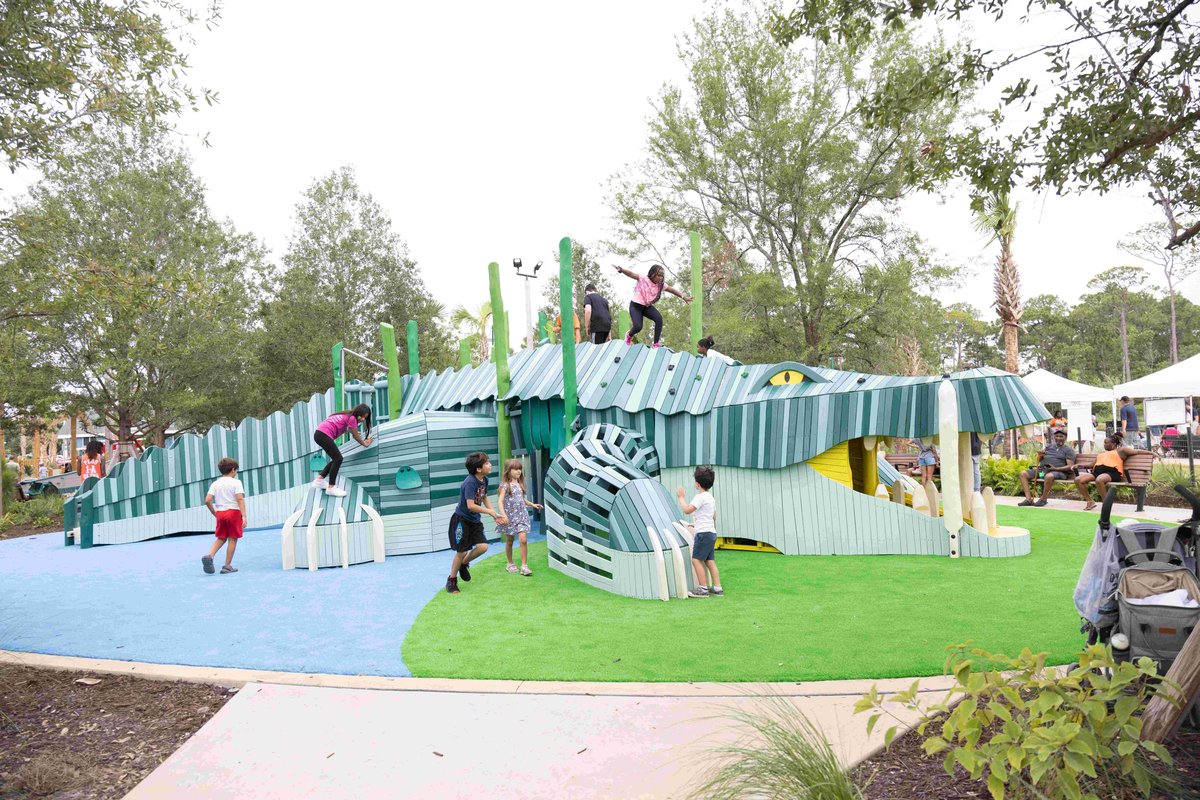
Proper planning was fundamental to this project, supporting efficient construction management. The project was carefully designed, allowing for community input to enhance its overall quality. A phased approach enabled multiple features to be developed concurrently. Planners were engaged in every step of this project primarily because it was a City project, led by the CRA, Parks and Recreation Department with planning department and regulatory staff involvement. Having a cohesive consistent presence of the City planners provided continuity throughout the project and enabled the city to have one main point of contact overall. Project partners included members of the local development community which also included planners, further strengthening the project team and effort. Having a strong plan positioned the project to successfully compete from grants funds to complete individual elements of the buildout. While the major funding source is the City’s General Fund and a dedicated special assessment district, the City also secured grants for individual aspects of the project from the National Endowment for the Arts, the Florida Inland Navigation District, and the State of Florida Division of Historic Resources’ Special Category Grant Funding.
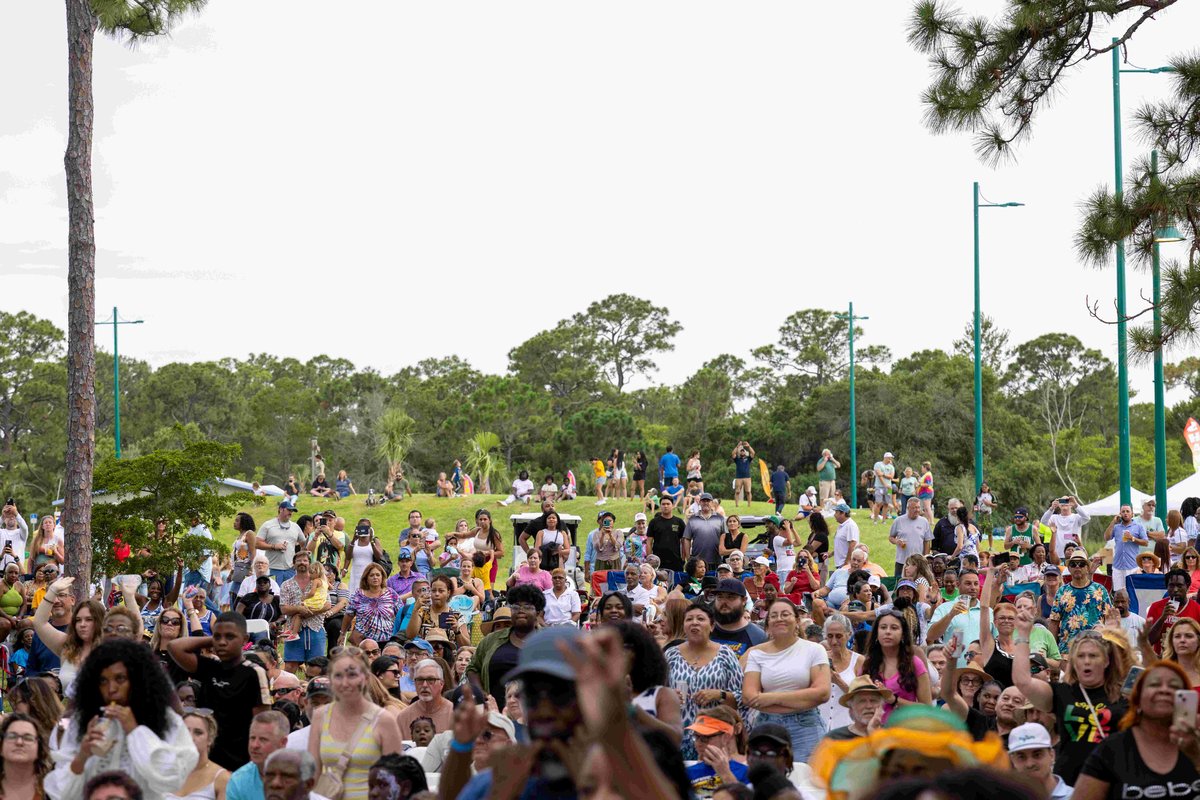
Although adhering to the schedule was important, the City took the necessary time to gather community input and feedback, ensuring that all details of the park were well thought out. The major funding source is the City of Port St. Lucie General fund, grants and funding from dedicated special assessment district. Pioneer Park contributes to the community’s health by providing outdoor recreational opportunities for children to engage in imaginary play and multi-sensory activities. There are boardwalks for all generations to walk along the river and many seating areas for informal gatherings and relaxation. It strengthens the community because it serves all populations, including children with mobility challenges and sensory needs. Historic homes from other areas of the City were relocated to the site and preserved for future generations providing another unique visitor experience and preserving our cultural heritage. Between June 2024-June 2025 471,000 people visited the park. The City of Port St. Lucie is excited to be receiving an award at the Florida APA conference for this project in September.
